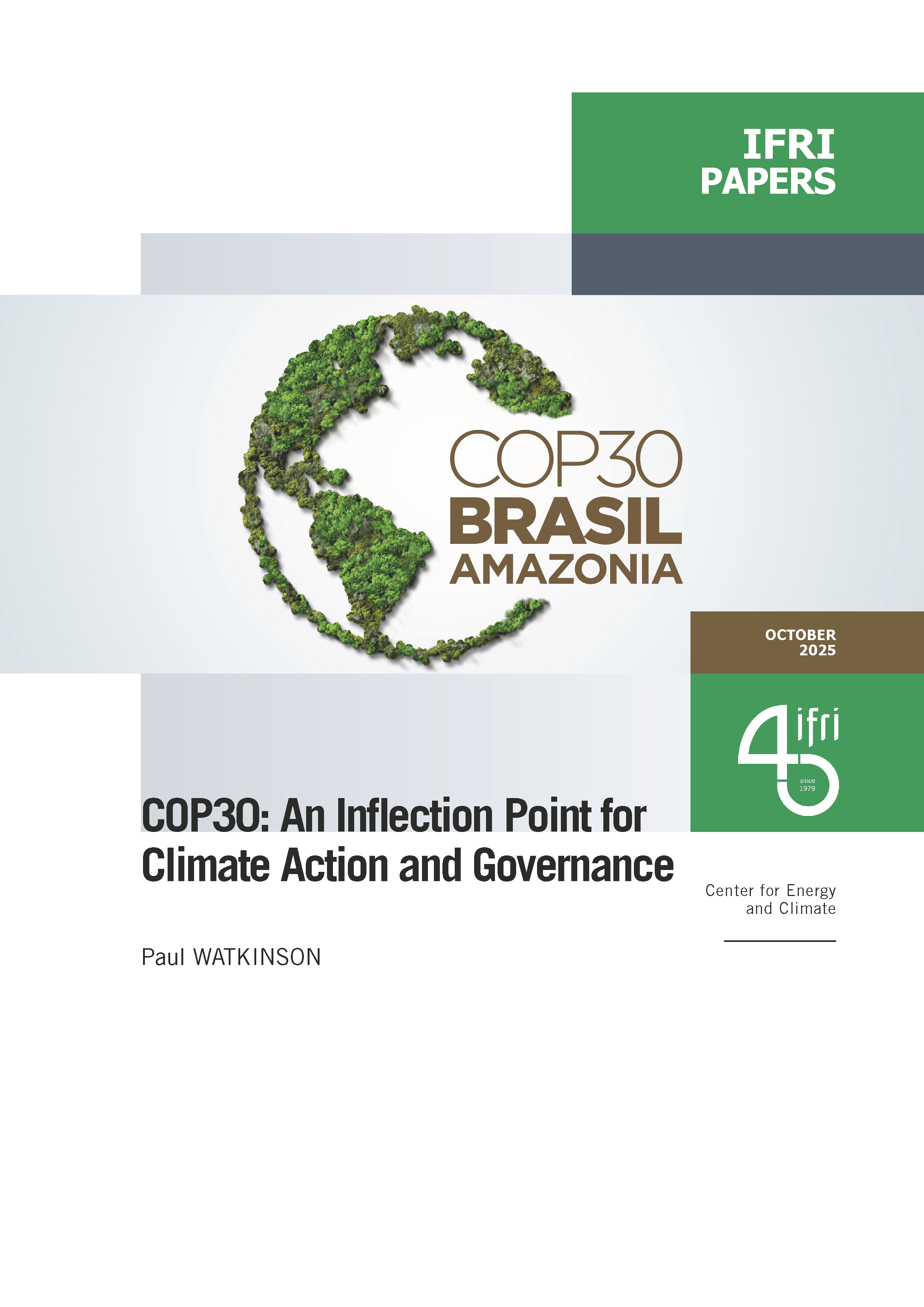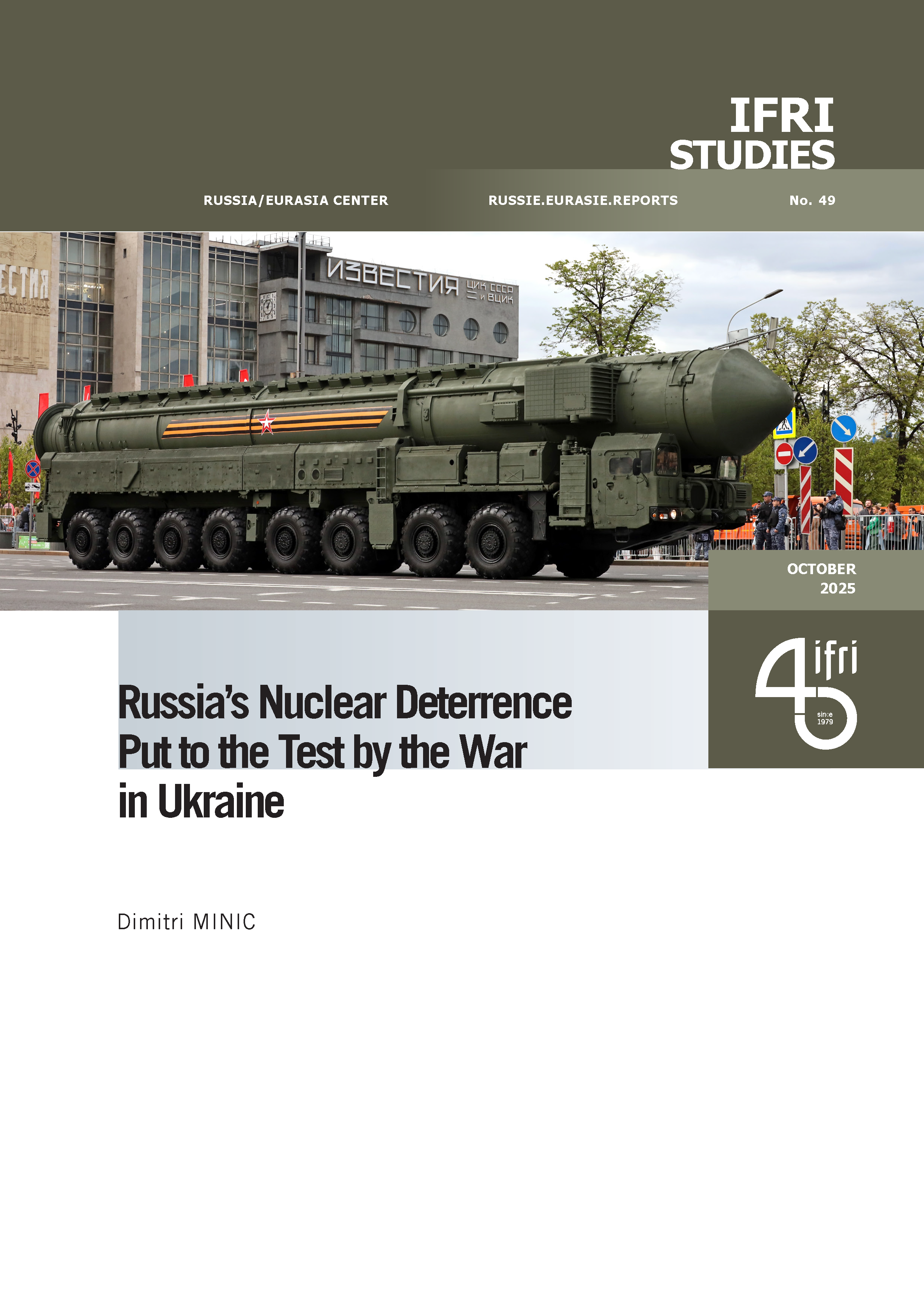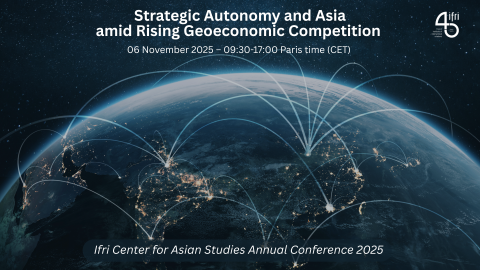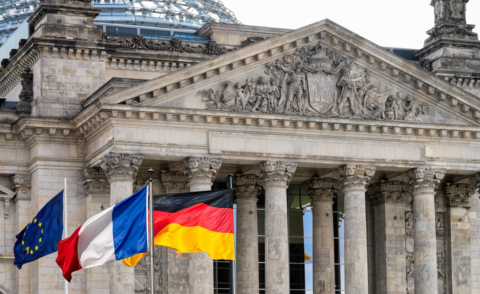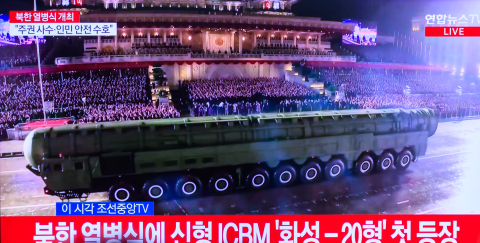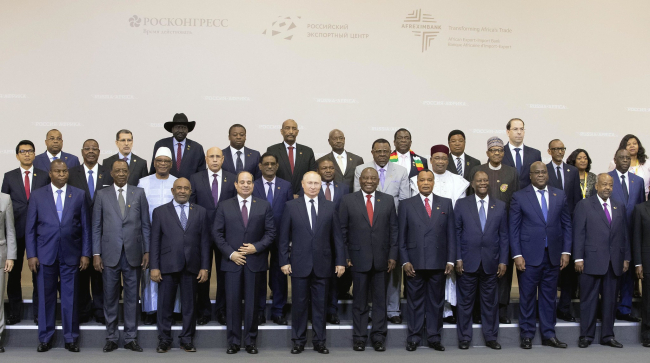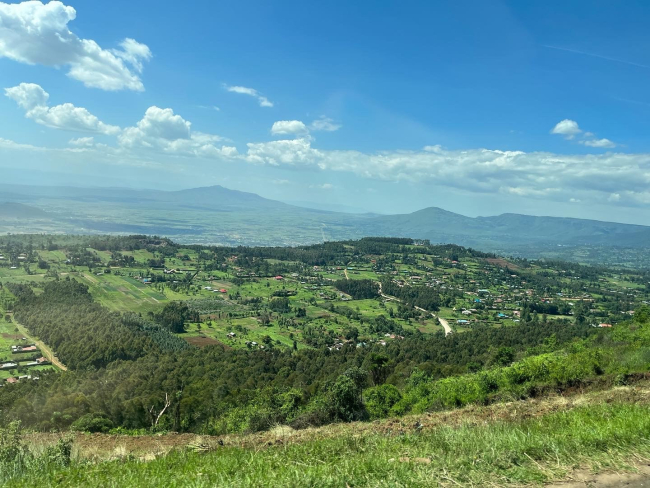Fragility Factors and Reconciliation Needs in Forest Guinea

In December 2013 the first Ebola cases surfaced in Guéckedou district, near the Liberian and Sierra Leon borders in the Forest Region of Guinea. The outbreak quickly spread from Forest Guinea to the rest of the country and, through the borders, to neighbouring countries. It took three months to identify the Ebola virus as the causative agent of the burgeoning epidemic, longer for the Guinean government to understand the importance of treating the outbreak as a national emergency, and even more time for everyone involved to appreciate the great social toll of Ebola.
As the epicentre of the epidemic, Forest Guinea felt the brunt of the disease and of the sudden intervention of outsiders into their communities. For a region where the State had previously been all but absent and even mistrusted, there was great resistance towards health care workers and outbreak control teams. Violence shortly followed. The most serious episode occurred in mid-September 2014 in Womey, an ethnic forestier village located in an area of major international mining interests near the region’s capital of Nzerekoré. Villagers who suspected a government-led health education delegation of in fact spreading the virus killed eight members of the team. The government reacted by militarising the town. The scared inhabitants fled into the surrounding forest for several weeks as fear of a government reprisal and rumours of former ULIMO and Dozos militias among the army circulated. Looting and lawlessness ensued. It was not until November of that year that residents could return to their village.
The cultural, social and political environments in Forest Guinea have developed a complex matrix of structures that renders the region both fragile and unstable. The Ebola outbreak, and in particular the Womey episode, should be taken as a paradigm that reflects the latent forces affecting the region. This is characterised by a combination of intercommunal tensions, disenfranchisement from power, and perceptions of insecurity. The aim of this short paper is to provide a socio-political framework through which the structural violence of the Forest Guinea region can be understood.

Available in:
Regions and themes
Share
Download the full analysis
This page contains only a summary of our work. If you would like to have access to all the information from our research on the subject, you can download the full version in PDF format.
Fragility Factors and Reconciliation Needs in Forest Guinea
Related centers and programs
Discover our other research centers and programsFind out more
Discover all our analysesThe Contradictory Impacts of Western Sanctions on Economic Relations between Russia and Sub-Saharan Africa
How does Russia maintain economic ties with Africa despite Western sanctions? An analysis of investments, trade, and the circumvention strategies deployed by Moscow.
The Revenue Sources Sustaining Sudan’s Civil War. Lessons for the year 2023
Wars require money and resources, and often, most conflicts involve controlling sources of income and supply lines or denying them to enemies. This has been the case in Sudan’s past conflicts and is again as the civil war—between the Sudan Armed Forces (SAF), commanded by General Abdelfattah al-Burhan, and the paramilitary Rapid Support Forces (RSF), commanded by General Mohammed Hamdan Daglo “Hemedti” —has sunk into a protracted conflict.
Anglo-Kenyan Relations (1920-2024) : Conflict, Alliance and a Redemptive Arc
This article provides an evidentiary basis for postcolonial policy in its analysis of Anglo-Kenyan relations in a decolonization era.
When City Diplomacy Meets Geopolitics: A Framework to Help Cities Navigate Geopolitical Risk
Crises and the increasing polarization of international relations make political risk analysis an indispensable resource for internationally active public and private entities.


